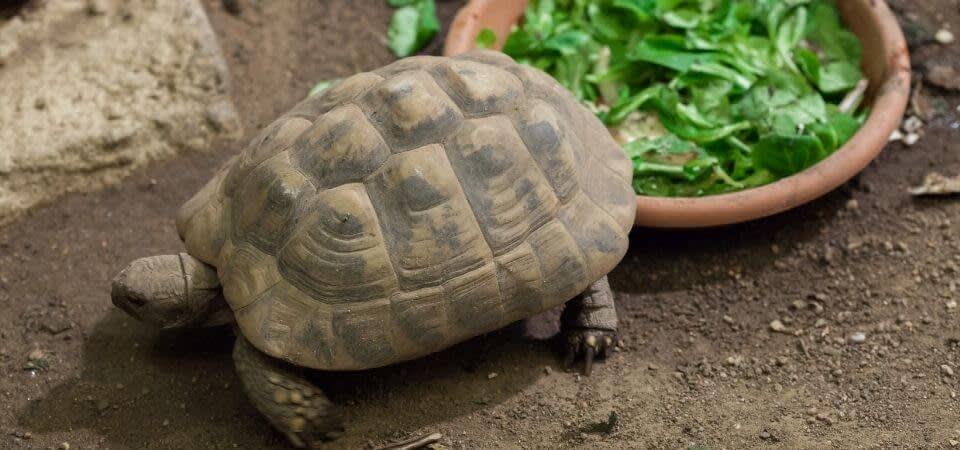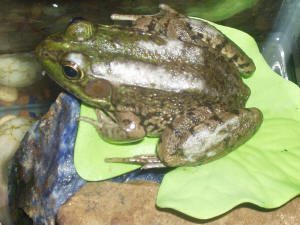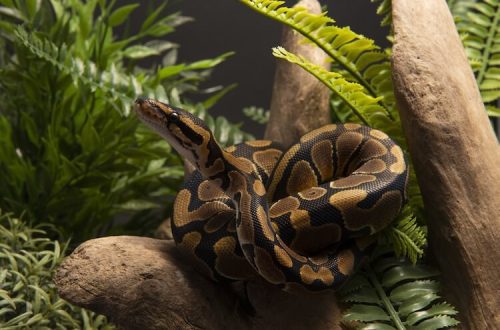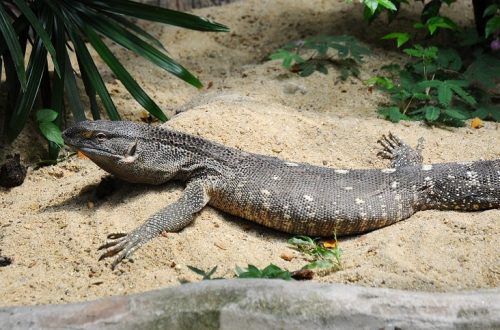
How to equip a terrarium for a land tortoise
Today, land tortoises are one of the most popular pets, and this is easy to explain. Turtles are calm, kind, they do not spoil furniture and things, they do not make noise, they do not need walking and training. They can be held in hands and stroked, the smooth movements of turtles are pleasant to look at, and caring for them is the easiest. The only thing to do is to equip a comfortable terrarium where your turtle will feel good. In our article we will talk about what points should be given special attention.
First of all, we note right away that turtles categorically cannot be kept free range in an apartment. It is cold on the floor, drafts, the risk of getting under your feet or furniture. Also, turtles are happy to collect and eat all the inedible garbage from the floor, and this leads to intestinal obstruction. The turtle can hide in cracks from which it will not be able to get out. A large turtle can easily bite through electrical wiring.
You need to keep a land tortoise in a terrarium.
- Terrarium size.
What size terrarium to choose depends on the number of animals that will live in it, their type, size and age. In your home, your pets should be comfortable, they should be able to move freely and relax. It is better to choose a rectangular terrarium with a lid: it will prevent the turtles from escaping and protect them from other pets (cats, dogs) and small children. The terrarium must be equipped with ventilation.
- terrarium material.
Models made of almost any material are suitable for turtles, whether it is plastic (but keep in mind that plastic is quickly scratched), glass or other materials.
If the walls of the terrarium are transparent, the turtle may not notice them and crash into the walls with its shell. In this case, you need to create a limiter. For example, glue the bottom of the terrarium with a matte film: 7-10 cm.
- Terrarium equipment.
To make the turtle comfortable, a terrarium alone is not enough. It is also necessary to install equipment in the terrarium – there is not much of it, but thanks to it, the turtle will be warm, light, satisfying and comfortable.
Let’s start with the basics: of course, the turtle should have a stable, convenient container for food and a separate container for water. If you get several turtles, then there should also be several drinkers and feeders.
Please note that the feeder is placed in the terrarium only while the turtle is feeding.
The best place for a feeder is in the middle of the terrarium. If you put the feeder in the hot part of the terrarium, then the food will go bad before the turtle is full. After eating, it is better to clean the feeder along with the remnants of food.
Also, the turtle should have a house where it can hide and rest. It should be installed on the cool side of the terrarium, i.e. at the opposite end from the area with the heating lamp. We do not recommend using cardboard houses, because. the turtle can eat cardboard. You can buy a plywood house at a pet store or put together your own. Ideal houses are made from sawn ceramic flower pots.
In addition to food and shelter, the turtle needs warmth and light. To do this, in the corner zone of the terrarium, we install one lamp for heating, under which your turtle will warm up. Usually the power of such a lamp is from 40 to 60 watts.
The air temperature in the illuminated area must strictly correspond to the type of animal: turtles are desert, forest, mountain, secondary water, etc. The warming place can be laid out with clay tiles, flat non-slip ceramics or flat stones for heat accumulation. The opposite corner of the terrarium should be cool. The difference should be 5-10 degrees, depending on the species. Heating and lighting are turned off at night.
We categorically do not recommend using the bottom heating of the terrarium, because. this is absolutely not physiological for turtles.
And now for the lighting. When living in an apartment, you can replace the sun with a lamp with ultraviolet light. She has to work 10-12 hours a day. Thanks to proper lighting, calcium in the turtle’s body will be better absorbed, and the risk of rickets will be minimal.
Control the temperature in the terrarium with a thermometer; a favorable climate should always be maintained for the turtle. Protect your pet from sudden changes in temperature, hypothermia, overheating and drafts.
- Terrarium ground.
Ground cover is another important component of turtle comfort. The soil helps to properly set the limbs, grind off the claws, retains moisture and absorbs the secretions of turtles.
When choosing a soil, you need to carefully study the information about a particular type of turtle and choose the right substrate.
Desert and steppe turtles are best kept on sandy loam, loam or moistened and then trampled and dried clay. Forest – on forest soil, etc.
Coconut fibers are bad soil. It holds moisture well, but can sour. If accidentally eaten, it will cause intestinal obstruction.
It is better not to use small materials for soil, as the turtle can swallow them.
- Bathing container.
It makes no sense to install a separate bathing tank. It is better to install a spacious, but not deep drinker. The turtle will also use it as a bathing suit.
- Plants.
Plants in terrariums are not needed. For a turtle, they do not carry any value. On the contrary: chewing on an attractive fresh leaf or stem, your pet may be poisoned.
If you really want to have greenery in the terrarium, carefully study the vegetation of the area where the turtle came from, and plant some of these plants in the terrarium.
In the cultures of different countries and even in many fairy tales, the turtle symbolizes wisdom, peace and kindness. Take care of the peaceful symbol of your home!





